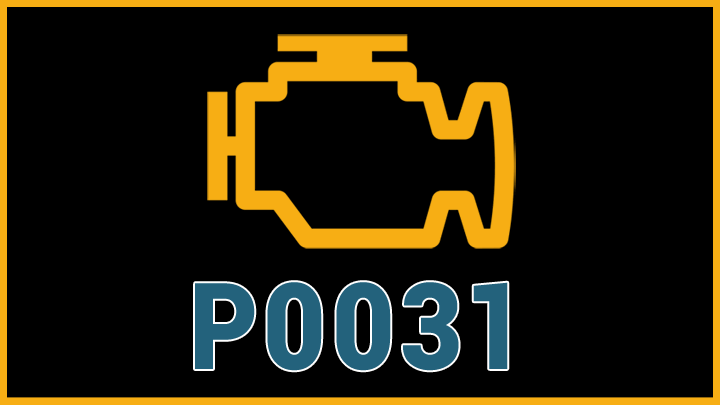Last Updated on May 6, 2022
In stark contrast to vehicles of old, today’s cars, trucks, and SUVs meter noxious chemical output through a series of self-monitoring tests. This not only reduces the global fleet’s carbon footprint but ensures the more efficient operation of all vehicles on the road today.
Simply put, today’s vehicles are better able to utilize each drop of fuel that they consume.
This high rate of efficiency is accomplished through the use of various sensors, each of which monitors a specific vehicle function. Of these sensors, few play as pivotal of a role as a vehicle’s oxygen sensors. These sensors relay valuable information to a vehicle’s operating computer, regarding downrange air/fuel ratios.
Unfortunately, a vehicle’s oxygen sensors are not exempt from the occasional issue, nor are the circuits through which the oxygen sensor’s data travels. When such difficulties occur, a check engine light is often illuminated, and a corresponding diagnostic trouble code is stored.
One such common O2 sensor-related DTC is fault P0031, which corresponds to O2 sensor heater circuit difficulties. Read on to learn more about DTC P0031, as well as how to handle such issues should they arise in the future.
What Does Code P0031 Mean?
Diagnostic trouble code P0031 is indicative of an issue within your vehicle’s (bank 1, sensor 1) O2 sensor heating circuit. However, to understand the complexities of this code, we must first come to terms with the operation of an O2 sensor’s heater circuit.
A vehicle’s O2 sensor features a built-in heating element, which allows the O2 sensor probe itself to rise to an operating temperature in an expedited fashion. This makes it possible for the sensor in question to provide more concise measurements to the engine’s management computer.
In the case of DTC P0031, the Bank 1, pre-catalytic converter O2 sensor heater circuit is showing a general lack of resistance. This, in turn, indicates that the O2 heater itself is not operating as intended.
Related: DTC P0030, DTC P0036, DTC P0037, DTC P0135
Symptoms of Code P0031
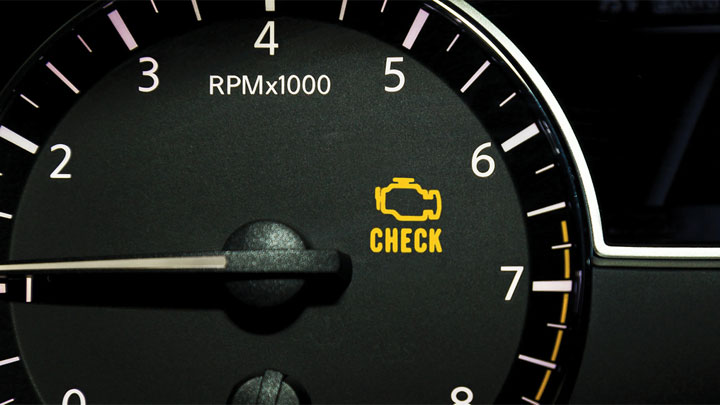
In the bulk of cases, diagnostic trouble code P0031 is not accompanied by any additional symptoms, with the exception of a newly illuminated check engine light.
However, in rare cases, DTC P0031-related issues can result in a relative loss of fuel economy. Occasionally, DTC P0031 might also be accompanied by a rough or erratic idle.
Causes of Code P0031
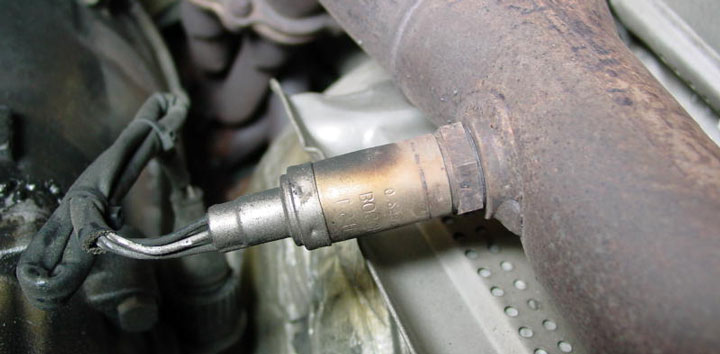
Diagnostic trouble code P0031 can be caused by a number of individual issues, which often differ slightly on a case-by-case basis. Knowing and understanding each of these potential causes can prove beneficial when attempting to remedy DTC P0031-related difficulties.
The following are several of the most common causes of DTC P0031.
- Damaged O2 heater circuit wiring
- Inoperable O2 sensor heater
- Compromised O2 sensor circuit connector
- Faulty PCM/ECM
Is Code P0031 Serious?
In the bulk of cases, diagnostic trouble code P0031 is not considered to be overly serious in nature. DTC P0031 is not often accompanied by any additional symptoms, therefore one seldom realizes that such a fault has occurred.
At worst, one might notice that their vehicle has begun to idle somewhat erratically, or that their vehicle’s fuel mileage has begun to suffer.
The main risk associated with DTC P0031 relates to the occurrence of additional damage at the hands of over-fueling. Since the management software of most engines is unable to properly calculate fuel trims without valid O2 sensor input, a rich air/fuel ratio often accompanies DTC P0031. As a result, excess fuel can accumulate in a vehicle’s exhaust, where it can ultimately damage a vehicle’s catalytic convertor.
In any event, the root cause of a vehicle’s P0031 fault code should be diagnosed and repaired as soon as possible. If you do not feel comfortable tackling such repairs yourself, schedule an appointment with a trusted automotive service center as soon as possible.
How to Fix Code P0031
The following steps can be followed to assist in diagnosing and repairing the root cause of your vehicle’s P0031 diagnostic trouble code. As always, be sure to consult a factory-specific manual for your particular make/model of vehicle, before attempting any such repairs.
#1 – Check For Additional DTCs
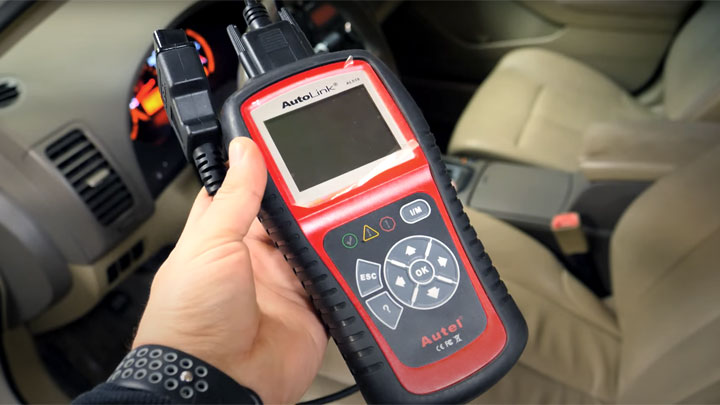
Before beginning the diagnostic process, check to ensure that no additional diagnostic trouble codes are present. If any additional DTCs are found, thoroughly diagnose each before proceeding to step #2.
#2 – Visually Inspect O2 Sensor/Wiring
Begin by visually inspecting your vehicle’s O2 sensor (bank 1, sensor 1), along with all corresponding wiring. If any wiring deficiencies are observed, make all applicable repairs.
Likewise, check the O2 sensor’s connector for damaged pins, or signs of overheating. Repair all damage as necessary.
#3 – Verify Ground
Next, you should check to ensure that the affected O2 sensor heater has a viable ground. This can be done with the use of a digital multimeter. If no continuity to ground is discovered, diagnose and repair the source of any “open” within the ground circuit.
#4 – Verify Adequate Power Delivery
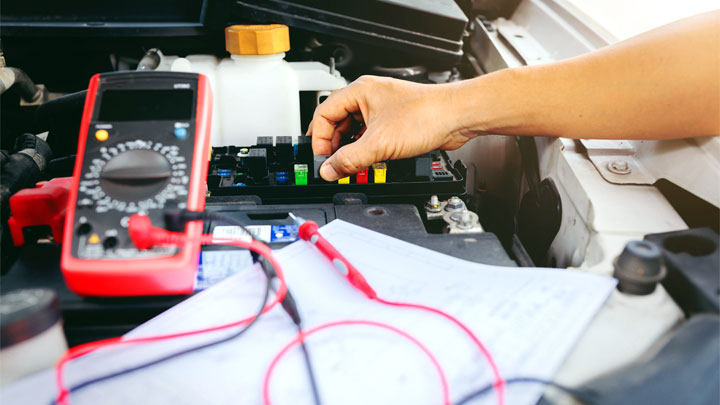
If the affected O2 sensor’s ground has been verified, proceed by checking for proper power distribution to the corresponding sensor heater circuit. This can be done with the same digital multimeter mentioned in step #3.
With the vehicle’s key in the “On” position, heater circuit supply voltage should be at, or around 12-volt. A lack of voltage delivery would require further diagnoses of the affected circuit, to pinpoint potential wiring faults.
Additionally, all circuit fuses should be checked for continuity. The absence of any wiring related issues, on this particular circuit, would call the vehicle’s PCM/ECM into question.
#5 – Perform Resistance Check (If Necessary)
If voltage was present during the testing specified in step #4, yet lower than expected, a resistance check of the O2 sensor circuit will likely be necessary.
One should consult factory service literature for their specific vehicle, in order to locate minimum/maximum thresholds for this testing.
#6 – Replace Faulty Sensor
If testing has revealed that your vehicle’s (bank 1, sensor 1) O2 sensor is receiving both positive and ground signals, and circuit resistance has been verified as being within specification, then sensor replacement will be necessitated.

